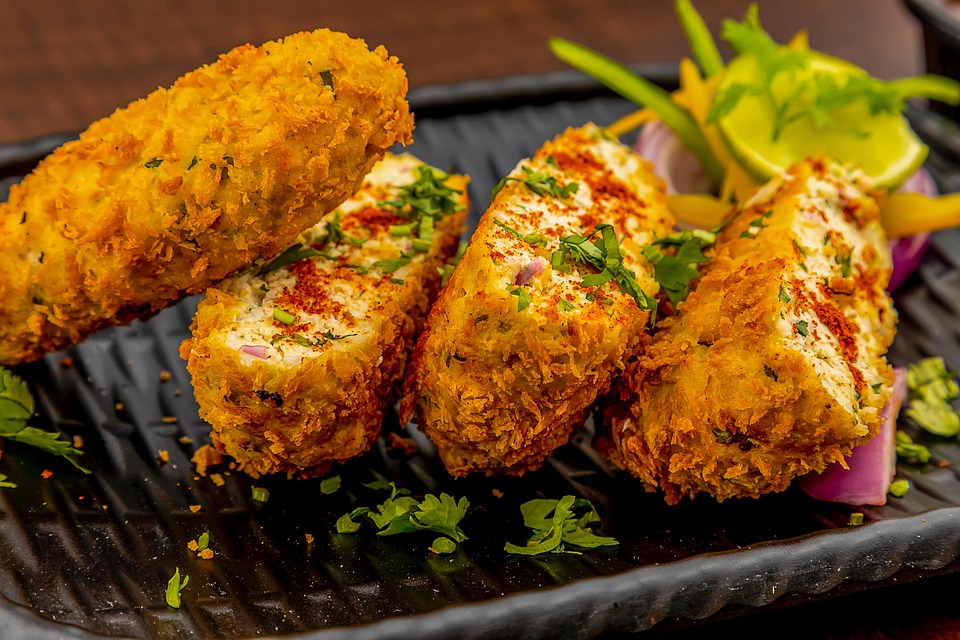In a world increasingly driven by technology, the food supply chain is undergoing a significant transformation. From the moment a seed is planted to the moment food reaches our tables, various technological innovations are revolutionizing how we produce, transport, and consume our food. Understanding these advancements is crucial for recognizing the potential implications for sustainability, efficiency, and food security in the future.
The Modern Farm: Digitization and Precision Agriculture
At the heart of this transformation is the adoption of precision agriculture—an approach that employs data analytics, IoT devices, and aerial imagery to enhance farming practices.
Data-Driven Decision Making
Farmers harness big data to make informed decisions on crop management. This data is collected from soil sensors, weather stations, and satellite images, allowing for real-time insights into crop health and environmental conditions. By analyzing this information, farmers can optimize planting schedules, irrigation, and fertilizer usage, resulting in higher yields and reduced waste.
Drones and Robotics
The integration of drones and robotics into farming is another game-changer. Drones can survey vast fields quickly, offering insights that would take much longer using traditional methods. They can also assist in applying pesticides and fertilizers in a targeted manner, minimizing environmental impact. Meanwhile, autonomous tractors and harvesting robots are streamlining labor-intensive tasks, significantly increasing efficiency in operations.
From Farm to Distribution: Revolutionary Logistics
Once food is harvested, the next stage in the supply chain is distribution. Technology continues to reshape this segment, focusing on transparency, efficiency, and sustainability.
Blockchain Technology
Blockchain technology is increasingly being leveraged to ensure transparency in food sourcing. By creating immutable ledgers that track each step of the food’s journey—from the field to the consumer—blockchain helps verify the origin of food, ensuring quality and safety. This traceability is particularly vital in addressing food recalls and enhancing consumer trust.
Advanced Logistics Solutions
The rise of sophisticated logistics software and applications has enabled more efficient routing of delivery vehicles. Companies can utilize real-time data to monitor traffic, weather conditions, and changes in demand. This results in quicker deliveries and reduced carbon footprints, as transportation can be optimized to minimize fuel consumption.
Sustainable Practices: Reducing Waste and Environmental Impact
Technology is also at the forefront of reducing food waste, a critical issue that has far-reaching implications for both the environment and food security.
Smart Inventory Management
AI-driven inventory management systems are helping retailers and restaurants minimize waste by predicting demand more accurately. By analyzing purchasing patterns and seasonal trends, these systems can adjust stock levels, ensuring that food is sold before it spoils.
Innovative Preservation Techniques
Moreover, advanced preservation technologies, such as modified atmosphere packaging and smart refrigeration, prolong the shelf life of perishable goods. These innovations not only reduce waste but also help ensure that consumers receive fresher products.
Consumer Connection: The Role of E-commerce and Mobile Apps
As technology transforms supply chains, it is also reshaping how consumers interact with food systems. The rise of e-commerce and mobile applications provides consumers with unprecedented access to a variety of local and international foods, enhancing their culinary experiences.
Farm-to-Table Applications
Apps that connect consumers directly with local farmers provide a platform for fresh produce and artisanal products. This shift towards farm-to-table practices fosters community connections and supports local economies, while also promoting sustainable agricultural practices.
Transparency and Education
Furthermore, consumers are increasingly seeking transparency regarding how their food is produced. Technology enables companies to share stories about their sourcing, production processes, and even the farmers themselves. This engagement not only appeals to consumers’ preferences for ethical consumption but also enhances their understanding of the food supply chain.
The Future: Continued Innovation
As technology continues to evolve, the food supply chain will undoubtedly experience further enhancements. Emerging technologies like artificial intelligence and machine learning will provide even deeper insights and automation, potentially reshaping agricultural practices and distribution models.
Addressing Global Challenges
These advancements are critical, especially in addressing global challenges like food insecurity and climate change. Sustainable practices, informed by technological innovations, will be essential in ensuring that food systems can support growing populations while preserving the environment for future generations.
Conclusion
From farm to fork, technology is transforming the food supply chain into a more efficient, transparent, and sustainable system. As these innovations continue to unfold, they promise not only to enhance the way food is produced and delivered but also to empower consumers to make informed decisions about the food they consume. Embracing these changes is not just an opportunity—it’s a necessity for building a resilient and sustainable future for food.



